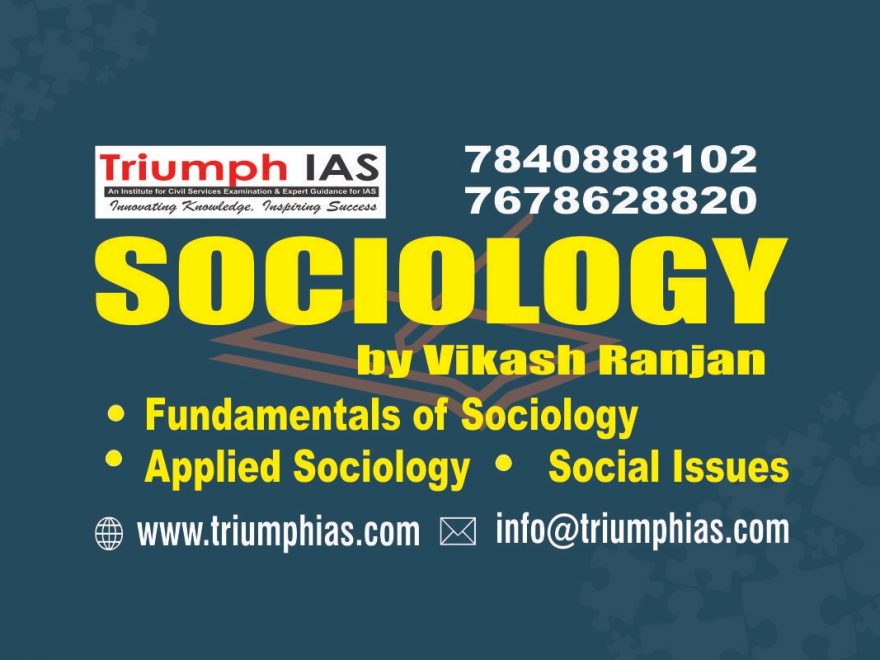Relevance: Sociology: Paper I
- The conflict perspective views society as composed of diverse groups with conflicting values and interests. In any society, these groups have differential access to wealth, power, and prestige. The most important aspects of the conflict perspective are the Marxian approach, which focuses on economic determinism and the importance of social class, and the neoconflict approach, which focuses on differential power and
- The Marxian Approach to Conflict: The theoretical roots of the conflict perspective can be traced to Karl Marx. Often, the values and interests of different groups conflict with one another. According to Marx, these conflicts are determined by economics and are based on social class, and the struggle between the different values and interests of the bourgeoisie and the proletariat is inevitable. When these battles occur, the dominant group attempts to force its values and ideology on less powerful groups. The result is the domination and exploitation of the masses (the proletariat) by the rich and powerful members of society (the bourgeoisie). The conflict perspective is not solely Marxist sociology, however; today conflict theorists often take a neoconflict approach.
- The Neoconflict Approach: Social conflict can be viewed as a necessary and even functional social process. From this perspective, conflict necessitates negotiation and compromise; hence it can produce order and a reaffirmation of the social structure. In a diverse nation like the United States, conflict between racial, ethnic, religious, age, gender, and political groups is inevitable but not necessarily destructive. For example, attempts to balance the national budget have typically been thwarted by bickering over what areas of the budget should be increased and which should be cut.
- Those dependent on Medicare and Social Security resist cuts to those programs and would rather see cuts in, for example, the defence budget or federal aid to tobacco growers. Meanwhile, Pentagon officials and cigarette manufacturers are not about to sit back and allow legislators to balance the budget at their expense. Both sides employ powerful lobbyists to persuade legislators to vote for their relative interests. These political and ideological quarrels are marked by compromises or tradeoffs that may not satisfy either group but also do not allow one interest to totally dominate the other. When society is confronted by an external threat, these internal conflicts may decrease, for, as is often said, nothing unites a group like a common enemy. From this perspective, conflict is dysfunctional only if it threatens one or more of society’s core values.
- Neoconflict theorists also contend that class conflict in industrialized countries is not so much a struggle over the means of production (as Marx argued) but rather a result of the unequal distribution of authority For example, the differing power and prestige of college professors and students sometimes lead to tension and conflict between the two groups that has nothing to do with the ownership of property or the means of production. This version of the conflict perspective focuses on differences in power and authority and the exploitation of some groups by other, more powerful groups. A good example of this approach can be seen in the work of C.Wright Mills.
- Wright Mills and the “Power Elite” C.Wright Mills promoted the conflict perspective for analyzing the distribution of power and authority in the United States. In The Power Elite (1956), he contended that post–World War II U.S. society was dominated by a powerful military, industrial, and political elite that shaped foreign and domestic policy for the benefit of the wealthy and powerful class. His approach focused on historical and structural analyses of class conflict and the uses of ideology for domination.


